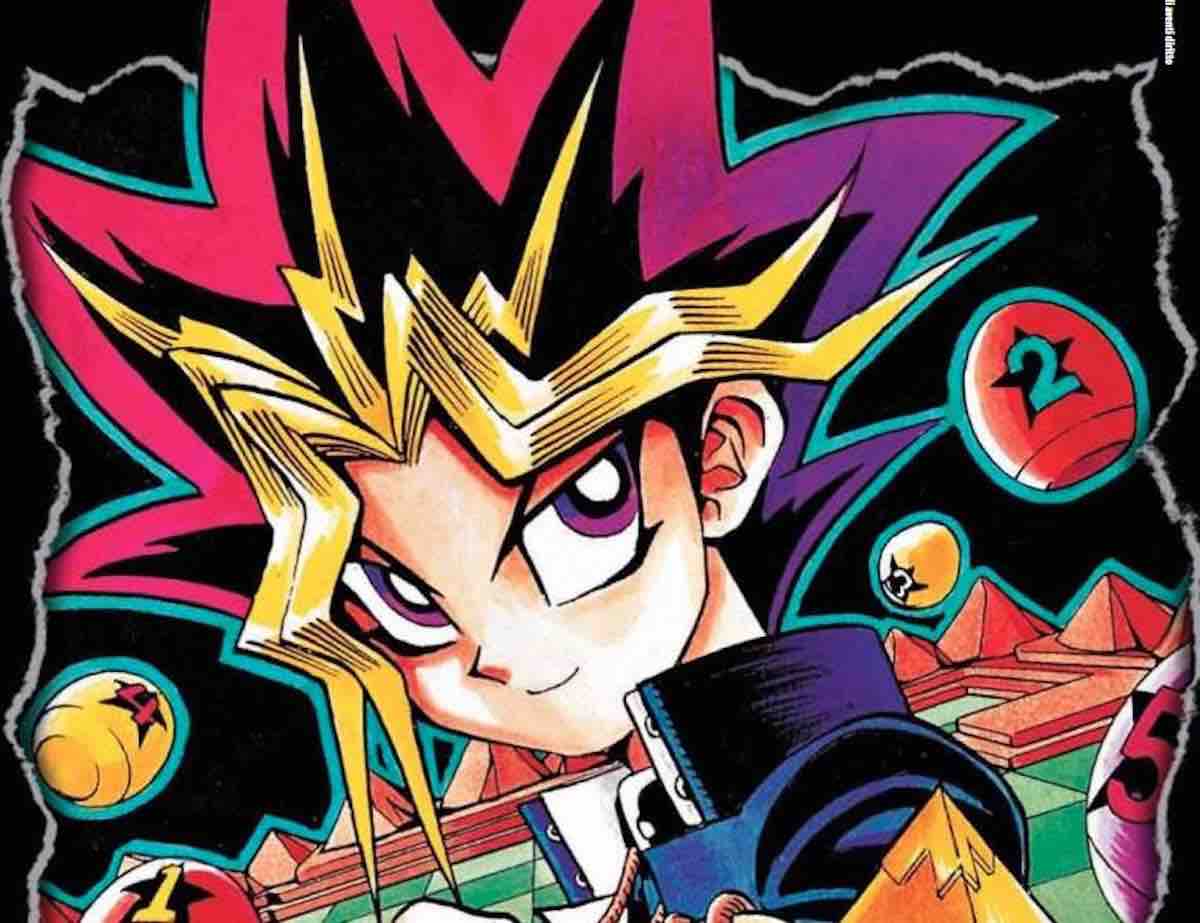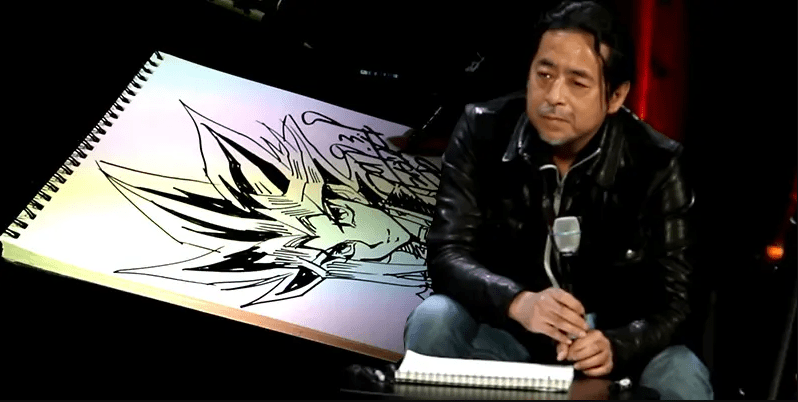The creator of the transmedia giant Yu-Gi-Oh! Kazuki Takahashi was found dead at sea. We remember the genesis and the legacy of one of the most influential mangaka ever
The circumstances of the sensei’s death are not yet clear Kazuki (vero nome Kazuo) Takahashi, found lifeless in the sea with snorkeling gear. At just sixty, we have to give a final farewell to the mind behind the hugely popular Yu-Gi-Oh!manga and then a card game that has intrigued the whole world.
The body found off the coast of Okinawa appears to have signs of attack by marine creatures, and had been floating in the sea for at least a couple of days. The autopsy will be able to clarify what happened.
Fans around the world mourn the passing of the mangaka and game designer. Takahashi won several generations with the young man’s story Yugi and his alter ego, the pharaoh Yami; millions of others play the real-life counterpart of Yu-Gi-Oh !, one of the most popular trading card games on the planet after Magic: the Gathering.
But Yu-Gi-Oh has not always been a title dedicated to tcg: let’s retrace the evolution of this work, unknown to most, from 1997 to date.

Kazuki Takahashi and his Yu-Gi-Oh !, from the origins to the card game
When Yu-Gi-Oh! he debuted on Weekly Shonen Jump in 1997, there was no trace of the card game of the same name in it.
The pharaoh Yami Yugi, in fact, was the king of games, but of all kinds of traditional and board games. In the first part of the work, the two Yugi challenge their opponents with dice and other games of the popular tradition.
Takahashi’s intention was to create one serie horror: from here, the monstrous spirits of Egypt, and the suggestions of the kingdom of shadows. The work abounded with violent elements, with unscrupulous bullies tormenting Yugi Muto before the intervention of the alter ego from the millennium puzzle.
The turning point comes with the introduction of the card game dedicated to Egyptian monsters, which takes on an increasingly central role in the story. When the anime is made, it is basically a reboot, in which the work is finally dedicated to the Yu-Gi-Oh! Cards. In a short time, the visual component of the game is enhanced thanks to the introduction of new technologies in the world of Yu-Gi-Oh, or holograms.
After years of success following this line, Takahashi will want to remain faithful to his initial idea at least as regards the final part of the work, where the tones become dark again and the spirits of the ancient Egyptians challenge each other in the final duel.
The Yu-Gi-Oh card game, released with the help of Konami, had a worldwide success, first in Japan and then in the West. Its diffusion right from the start is not only on paper, but also in the videogame media.
For this, we must thank not only Takahashi’s vision, but also his editors who have been able to find the right direction to follow. The legacy of the sensei today consists not only in the manga, but also in a game of almost eleven thousand cards that still grows today, after more than twenty years, and of several increasingly evolved anime series.
















Leave a Reply
View Comments